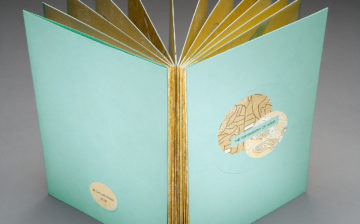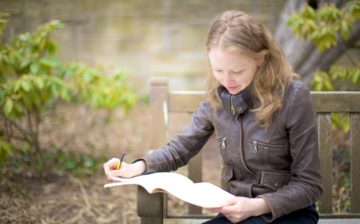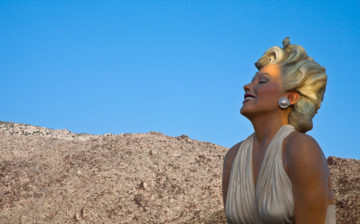Workshops
Guided by Vincent Versace & Jimmy Andruszkewicz, explore the diverse and dramatic world of creative possibilities opened up Digital Infrared Photography.
There are no available registration dates at this time.
Note: This workshop will be held in a live, online format utilizing the Zoom platform.
Class meets on Saturday and Sunday, May 4, 5, and Saturday, May 11 from 10am-5pm ET.
“Complicated equipment and light reflectors and various other items of hardware are enough, to my mind, to prevent the birdie from ever coming out.”– Henri Cartier-Bresson.
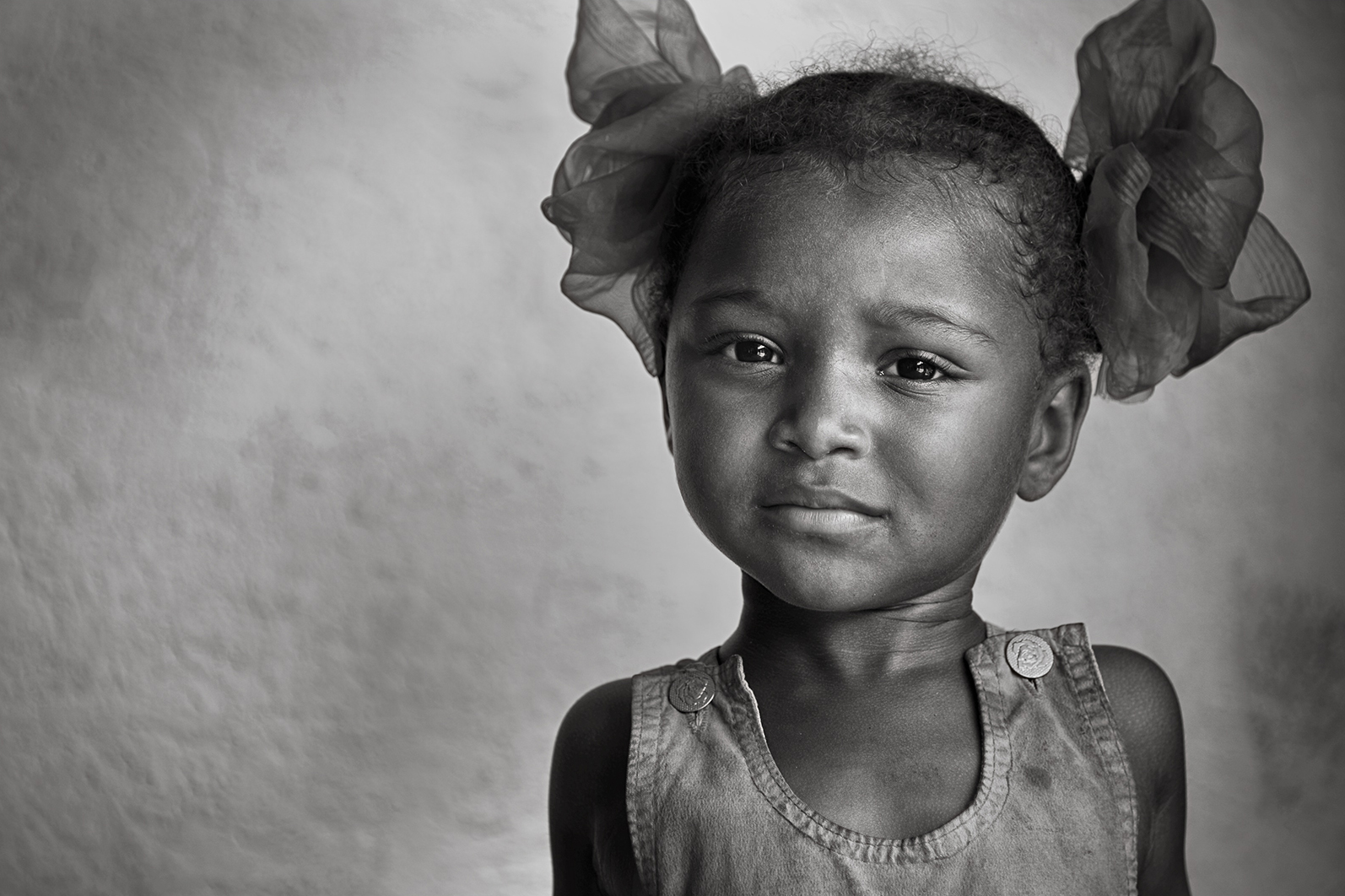
If you considering taking the “plunge” and converting a camera to capture Infrared or want to know how to get the most from the converted camera you already have, this is a must-do class!
(Note: you do not have to have an IR camera for this class. Files will be provided in this try “before you buy” workshop.)
More than half the energy from the Sun (a really, really, really big thermonuclear device) arrives on our planet in the form of infrared radiation. We can feel this light, but it takes a special camera to be able to see it. But it is not the heat of the light you are photographing. It is the light caused by the outcome of the heat.
With the advent of digital cameras being able to be converted to shoot in the IR spectrum, what was once an incredibly difficult and not very intuitive and decidedly uncreative process (that being composing, focusing, and metering through a piece of black glass), is now in comparison the simple job of just point and shoot.
Now the question is how do you shoot this entirely new world? What are the considerations of lighting, tripod, bracket, or no bracket? What is the best way to white Balance? How to eliminate the dreaded “hot spots”? And most importantly what is the best way to optimize and enhance your Digital-IR file to get the best tonal range, edge detail, glow, and noise effects?
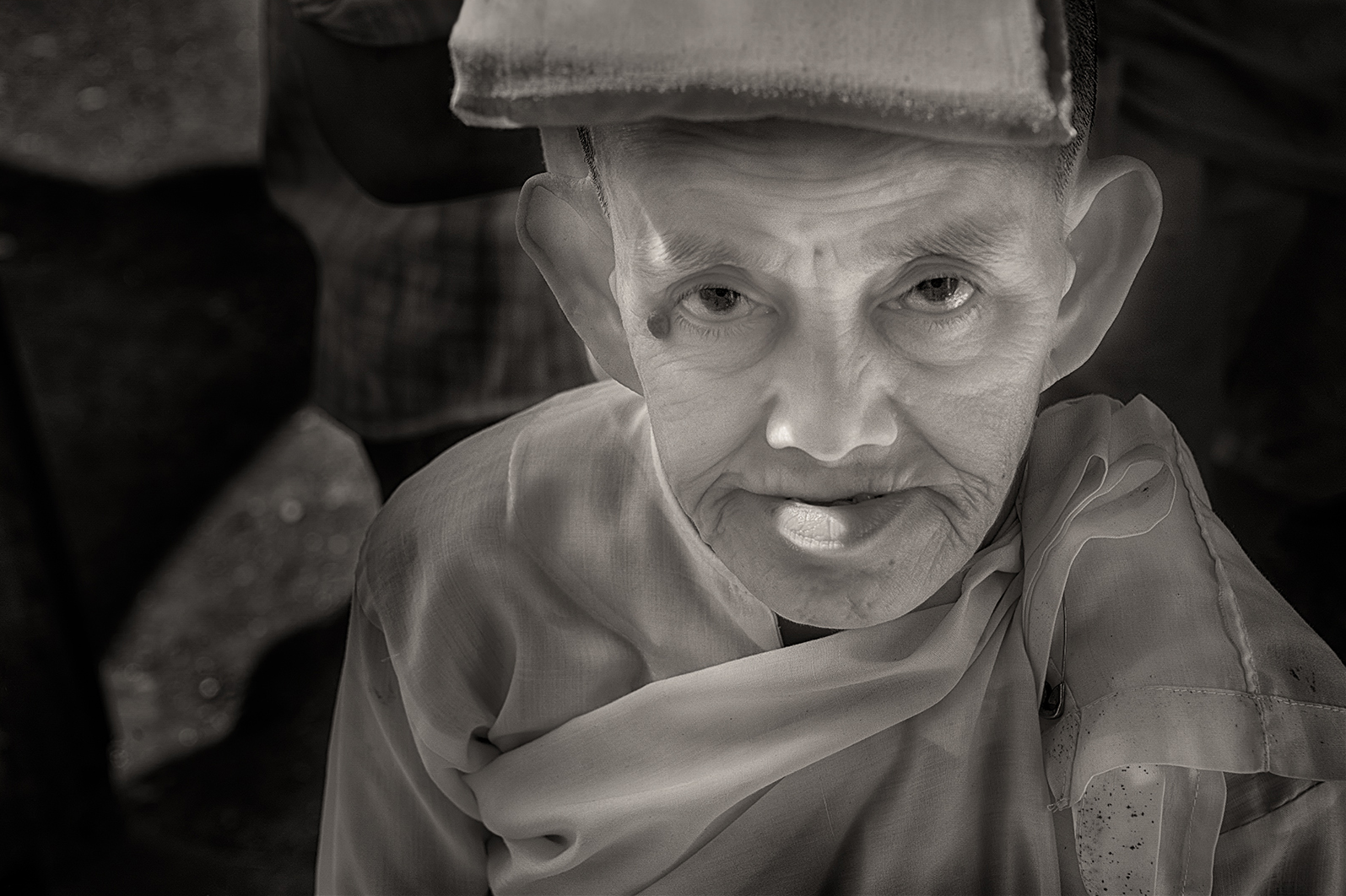
In this workshop, Vincent Versace & Jimmy Andruszkewicz will explore in-depth the diverse and dramatic world of creative possibilities opened up by shooting in Infrared. From the “classicist” all infrared images are best in Black and White to “Why just stop at grey” and a discussion of everything in between this will prove to be a well-heated discussion of technique and aesthetics.
Vincent will go through all the considerations from raw file-to-file workflow in Adobe Photoshop and several other RAW processors to make the most successful image from a Digital (DSLR or Mirrorless) camera converted to capture in the Infrared spectrum. Vincent has more than 15 years of experience working with cameras modified for digital infrared and has shot extensively all around the world in IR.
The goal of this workshop is to guide you through different in-field shooting techniques and in-lab Photoshop techniques, leading to the creation of your perfect Infrared images – both landscape and portrait.
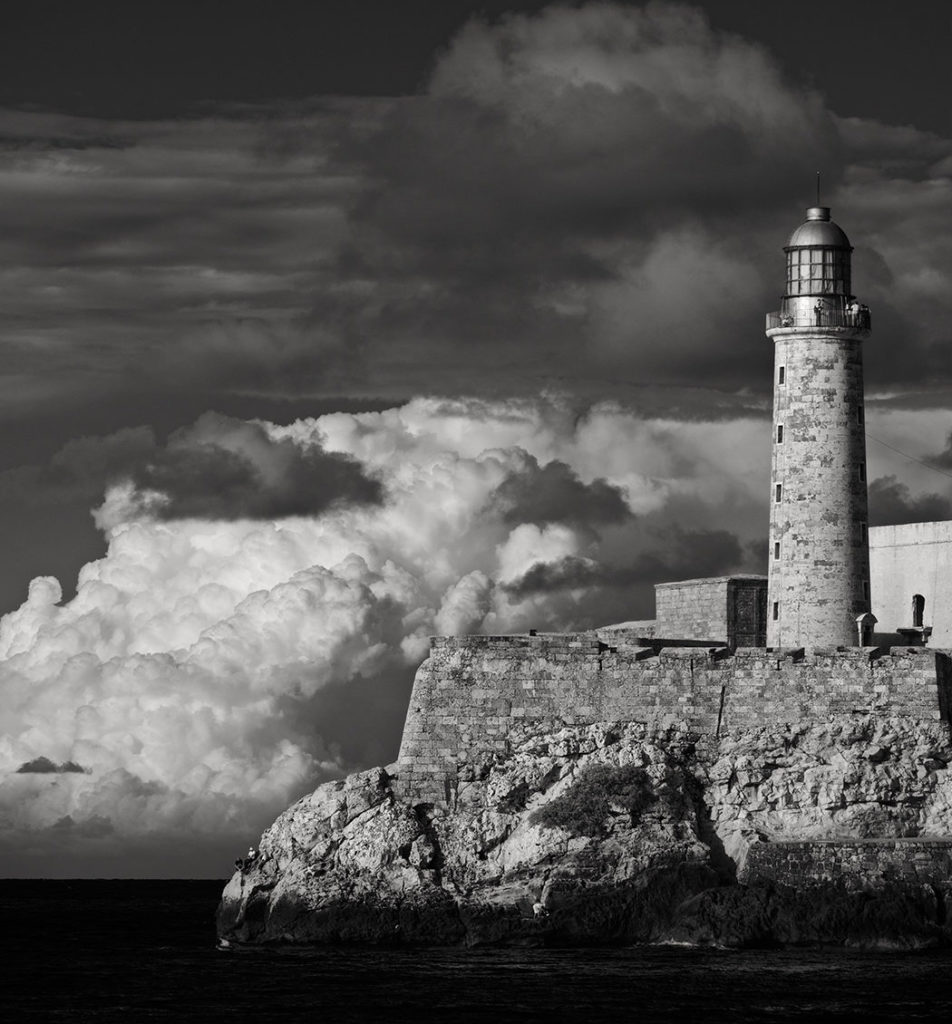
Images: ©Vincent Versace
Share This
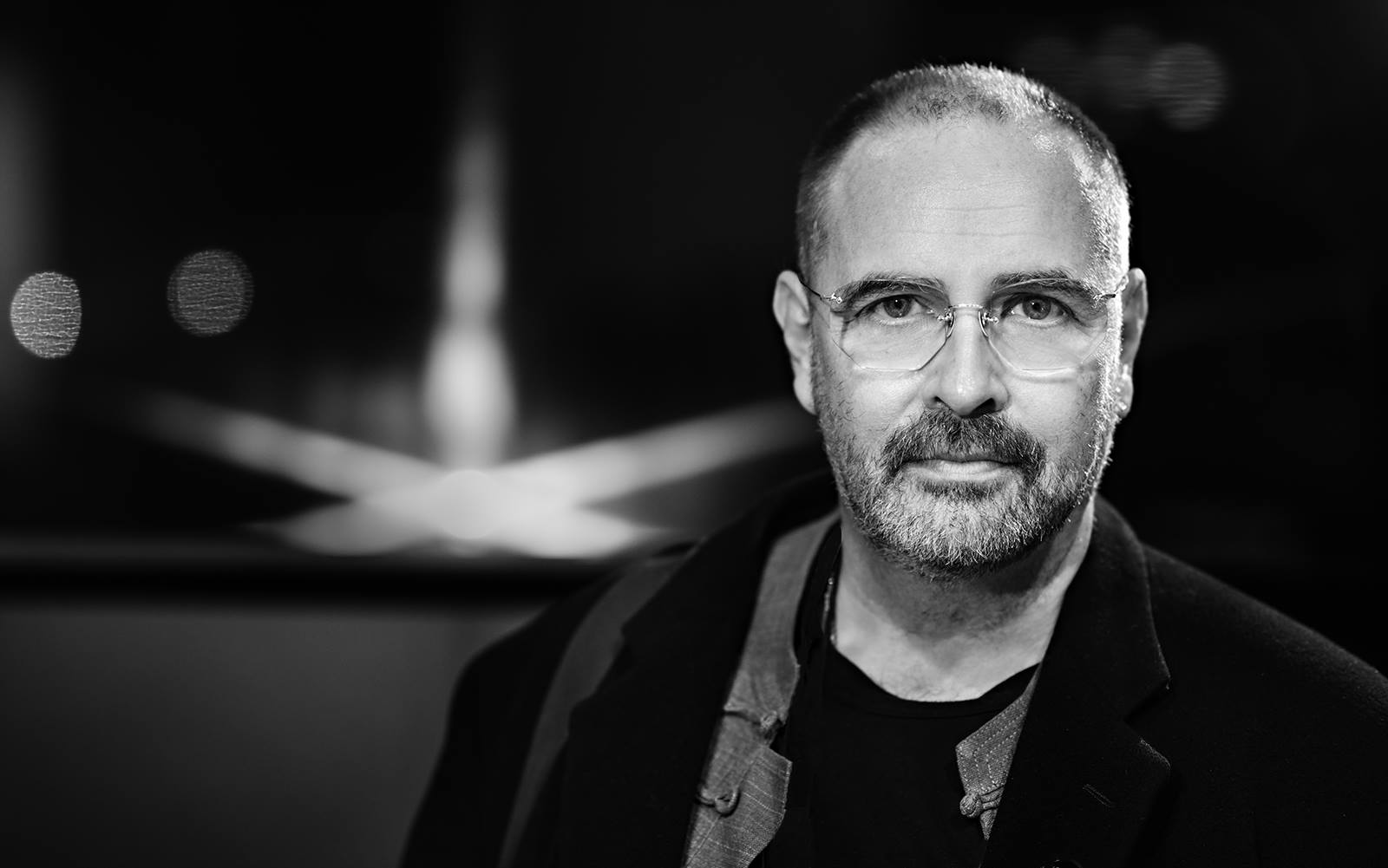
Instructor: Vincent Versace
Vincent Versace is an internationally recognized pioneer in the art and science of digital photography. His passion for natural light photography is manifest not only in his work but also through his role as a creative and technical leader, contributing to innovative breakthroughs across the entire digital image value chain.
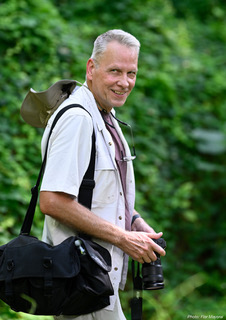
Instructor: Jimmy Andruszkewicz
Jimmy Andruszkewicz (Jimmy A-Z) is a Landscape/Street Photographer, who also provides services in digital photo instruction and printing.
After graduating from New York University’s Tisch School of the Arts’ Photography Program, Jimmy was fortunate to work as Studio Manager/First Assist for the eminent photographer Neal Slavin. Neal’s tutelage provided a firm foundation for large productions carried out both in studio and on the road, employing all camera formats from 35mm up to Polaroid’s 20x24 camera.
He eventually moved on to work as a Civilian Photographer in the Photographic Section of the New York City Police Department, which encompassed both field assignments and darkroom responsibilities. During this time, he joined the uniformed ranks of the NYPD. After the obligatory time in the street, he was able to return to the Photo Section as a Police Officer.


